For sky-gazers who have been patiently waiting for the next celestial spectacle, the wait is finally over. The Lyrid meteor shower, one of the oldest known meteor showers, has returned to grace the night sky, offering a dazzling display of shooting stars. This annual event, which began on April 17, will continue until April 25, with the peak activity occurring on the night of April 21 into the early morning hours of April 22. Despite the interference from the waning crescent moon, the Lyrids promise a memorable show for those willing to stay up late and venture into the darkness.
The Lyrids: A Brief Overview
The Lyrid meteor shower is named after the constellation Lyra, from which the meteors appear to radiate. This constellation, visible in the Northern Hemisphere, is home to the bright star Vega, making it an easy target for stargazers. The Lyrids are known for their relatively predictable annual display, with an average of 10 to 20 meteors per hour during the peak. However, this year, the light from the waning crescent moon may reduce the visibility of the fainter meteors, according to Dr. Bill Cooke, lead for NASA’s Meteoroid Environment Office.
"In a perfectly dark sky, onlookers can typically spot up to 18 meteors per hour during the Lyrid shower’s peak," Cooke said. "This year, however, light from the waning crescent moon will make it somewhat harder to see the celestial show." Despite the moonlight, careful observers in the Northern Hemisphere can still expect to see around five streaking lights per hour between 10 p.m. local time on Monday and 4:30 a.m. on Tuesday.
Optimal Viewing Conditions
To maximize your viewing experience, Cooke recommends finding a location with minimal light pollution and lying down to get a wide view of the sky. "The other important thing is: Don’t look at your cell phone, because that bright screen destroys your night vision," Cooke said. "And it takes your eyes off the sky." Giving your eyes about 30 minutes to adjust to the darkness will enhance your ability to spot the faint meteors.
The Origins of the Lyrids
The Lyrids originate from the parent comet C/1861 G1 (Thatcher), which is currently about halfway through its roughly 415-year orbit around the sun. While Comet Thatcher was discovered in 1861, the Lyrid meteor shower has been observed for over 2,700 years, making it one of the oldest known meteor showers, according to NASA.
As the comet travels through space, it leaves behind a trail of ice and dust. When Earth passes through this debris field, the particles collide with our atmosphere at speeds of thousands of miles per hour, creating the brilliant flashes of light we see as meteors. "The meteors hit the (Earth’s) atmosphere and slow down, and that transmits heat. That’s the flash you see," said astronomer Dean Regas. "Most of the material from meteor showers, the comet pieces, will burn up before they hit the ground, and a lot of them are about the size of a grain of sand. So it’s really impressive to see something so small light up like that."
The Potential for Outbursts
While the Lyrids are generally predictable, they occasionally surprise observers with unexpected outbursts. These outbursts, which can produce up to 100 meteors per hour, occur unpredictably and average about every 60 years. The next significant outburst is expected around 2042, according to the American Meteor Society. The exact cause of these outbursts is not fully understood, but it is believed that gravitational interactions with other planets and celestial objects can affect the density of the debris field.
Upcoming Celestial Events
If you miss the peak of the Lyrid meteor shower, there are plenty of other celestial events to look forward to in 2025. Here are the peak dates for upcoming meteor showers:
- Eta Aquariids: May 5–6
- Southern Delta Aquariids: July 29–30
- Alpha Capricornids: July 29–30
- Perseids: August 12–13
- Draconids: October 8–9
- Orionids: October 22–23
- Southern Taurids: November 3–4
- Northern Taurids: November 8–9
- Leonids: November 16–17
- Geminids: December 12–13
- Ursids: December 21–22
In addition to meteor showers, there are several notable lunar events this year. Following the recent pink moon, there are eight more full moons to look out for, with supermoons occurring in October, November, and December. Here’s the list of full moons remaining in 2025, according to the Farmers’ Almanac:
- May 12: Flower moon
- June 11: Strawberry moon
- July 10: Buck moon
- August 9: Sturgeon moon
- September 7: Corn moon
- October 6: Harvest moon
- November 5: Beaver moon
- December 4: Cold moon
Lunar and Solar Eclipses in 2025
The celestial calendar for 2025 also includes two significant eclipse events. A total lunar eclipse will be most visible from Europe, Africa, Asia, Australia, parts of eastern South America, Alaska, and Antarctica on September 7 and 8. During a lunar eclipse, the moon passes into Earth’s shadow, causing it to appear dark or dimmed. When the moon is within the darkest part of Earth’s shadow, called the umbra, it takes on a reddish hue, earning the nickname "blood moon."
A partial solar eclipse will occur on September 21, when the moon moves between the sun and Earth but the celestial bodies aren’t perfectly aligned. In this type of event, the moon only blocks part of the sun’s face, creating a crescent shape in which it appears the moon is taking a "bite" out of the sun. This event will be visible to parts of Australia, Antarctica, and the Pacific Ocean.
The Lyrid meteor shower marks the beginning of an exciting year for sky-gazers, with numerous celestial events on the horizon. Whether you are an experienced astronomer or a casual observer, the night sky offers endless opportunities to marvel at the wonders of the universe. The Lyrids, with their ancient origins and predictable displays, remind us of the enduring beauty and mystery of the cosmos. So, grab a blanket, find a dark spot, and enjoy the show. The universe has a way of surprising us, and the best is yet to come.
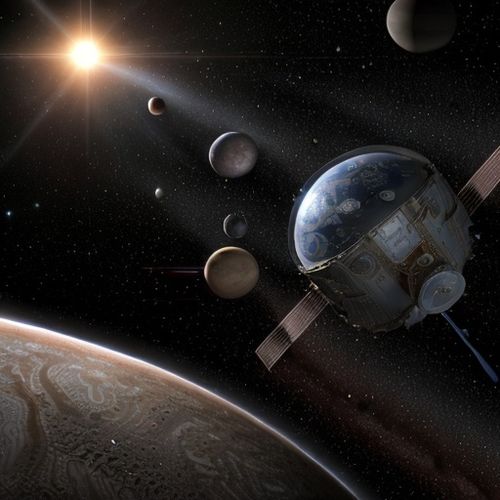
By Sophia Lewis/May 6, 2025
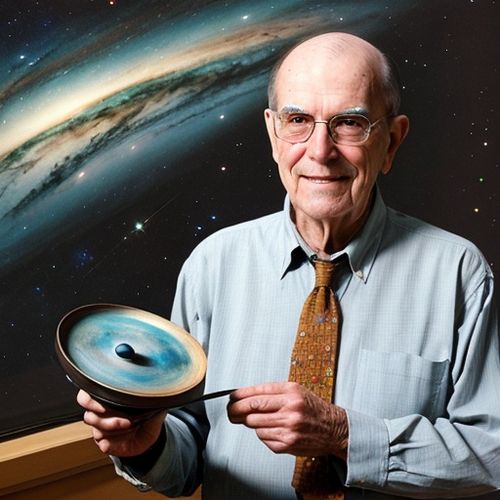
By Olivia Reed/May 6, 2025
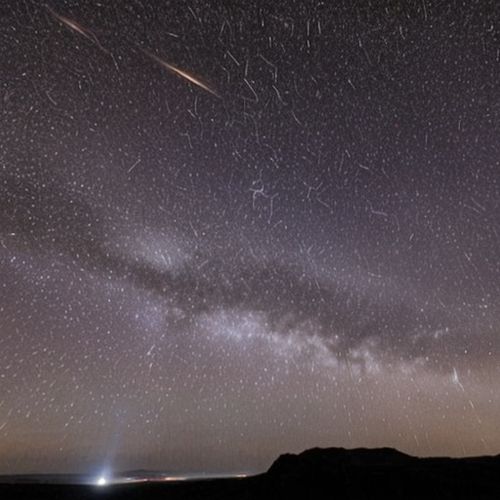
By William Miller/May 6, 2025
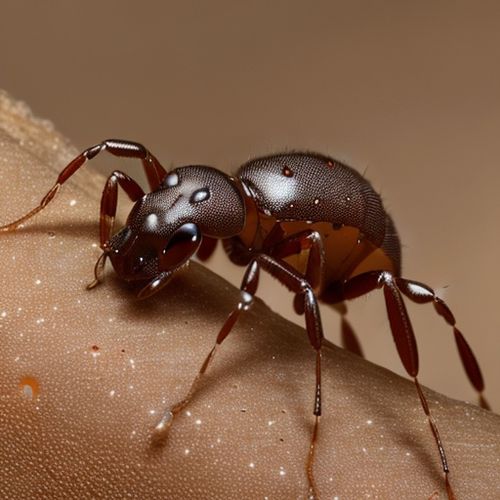
By Eric Ward/May 6, 2025

By John Smith/May 6, 2025

By Rebecca Stewart/May 6, 2025

By Benjamin Evans/May 6, 2025
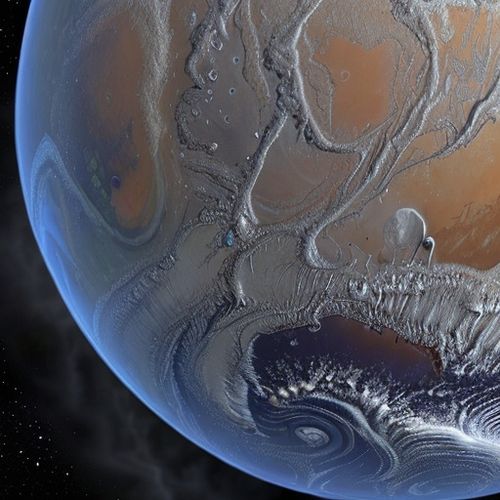
By Eric Ward/May 6, 2025
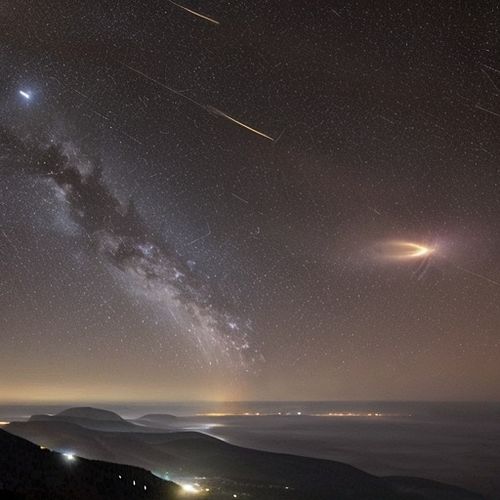
By Eric Ward/May 6, 2025
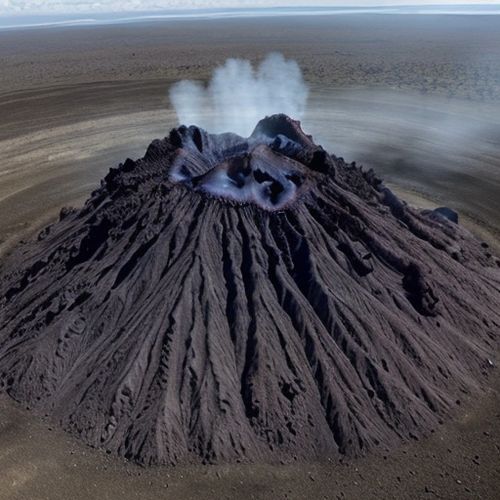
By Daniel Scott/May 6, 2025
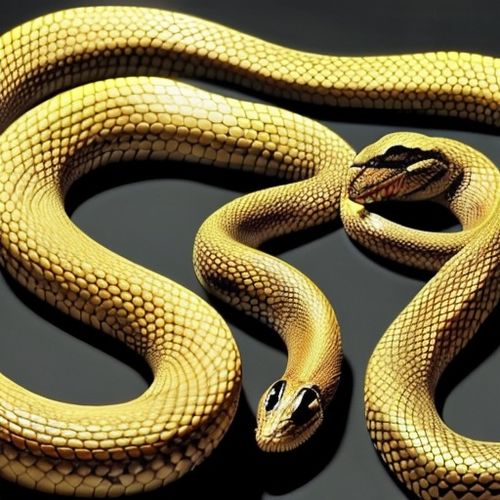
By Benjamin Evans/May 6, 2025
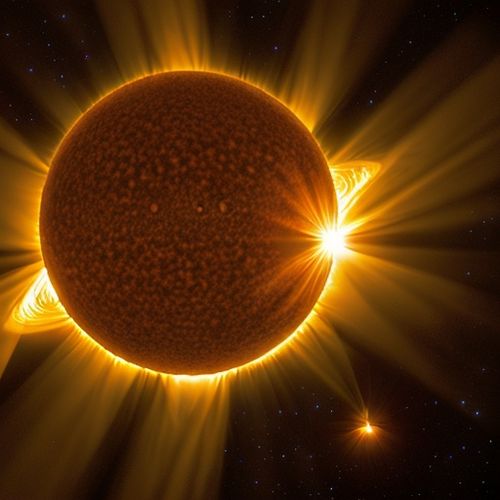
By Elizabeth Taylor/May 6, 2025
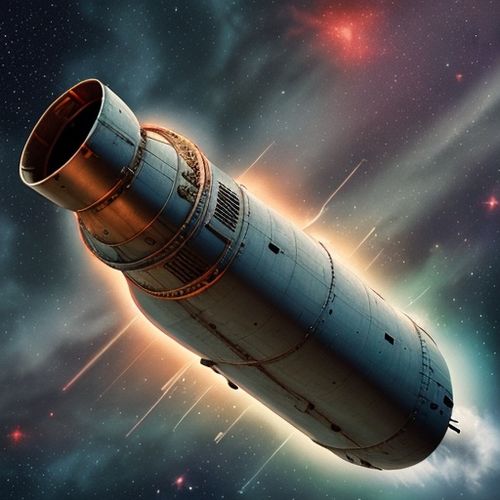
By James Moore/May 6, 2025
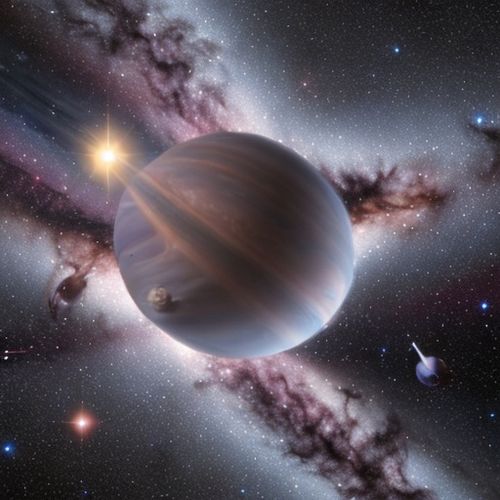
By Victoria Gonzalez/May 6, 2025
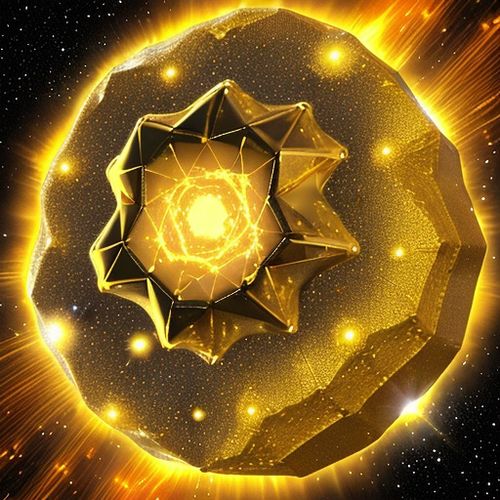
By Sophia Lewis/May 6, 2025

By Laura Wilson/May 6, 2025

By Olivia Reed/May 6, 2025

By David Anderson/May 6, 2025
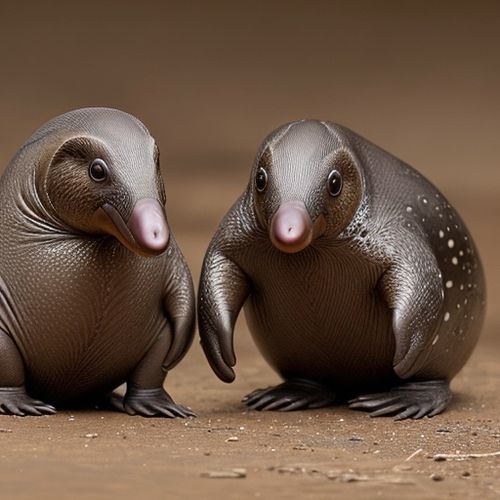
By Olivia Reed/May 6, 2025
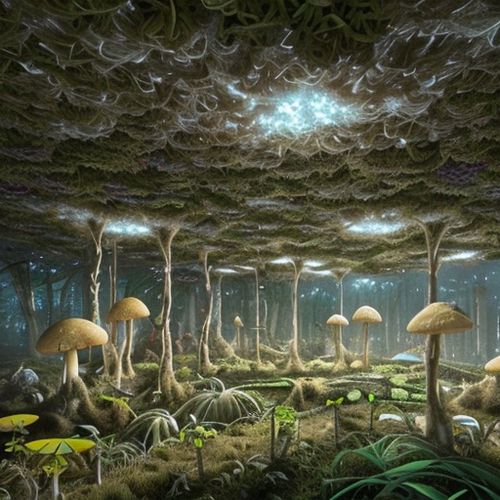
By Sophia Lewis/May 6, 2025